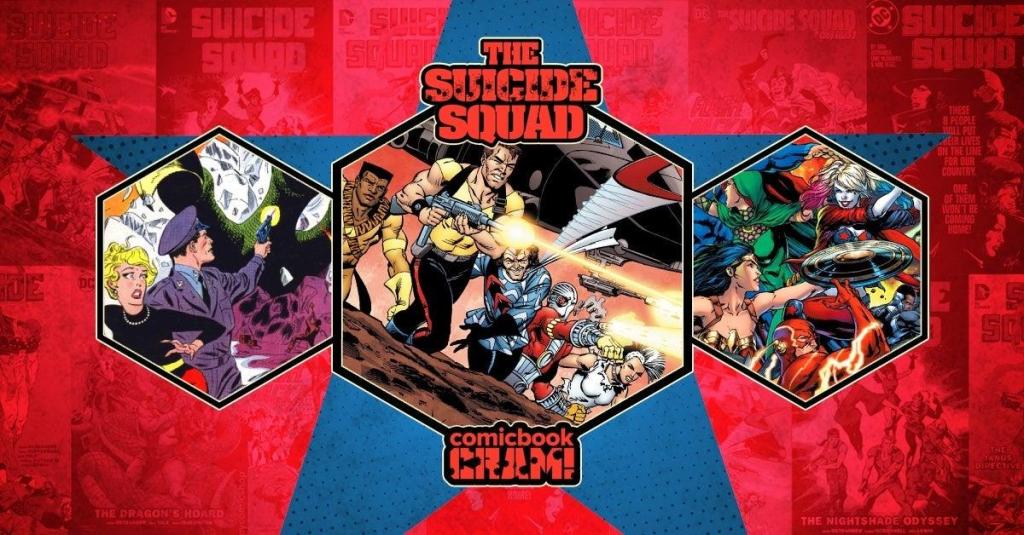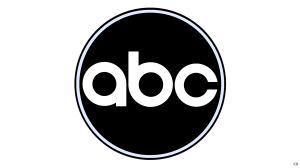The Suicide Squad finally makes its debut in theaters this weekend, bringing to life a colorful and violent take on the DC Comics universe. The James Gunn film is expected to be an unabashed love letter to the team’s storied comic history — something that fans have already started to see in the trailers and posters, with characters and Easter eggs from across DC’s canon. But with Suicide Squad having been published in some capacity for over half a century, fans looking to catch up with the ensemble (or revisit key stories) might not know quite where to start.
Videos by ComicBook.com
Luckily, our ComicBook.com CRAM is here to help. Keep reading to find out ten significant (or, at very least, wildly entertaining) comic storylines involving the Suicide Squad. From the team’s Silver Age roots, to their reinvention by John Ostrander and company, to the more modern takes on the team, there are a lot of options for fans to check out.
The Brave and the Bold
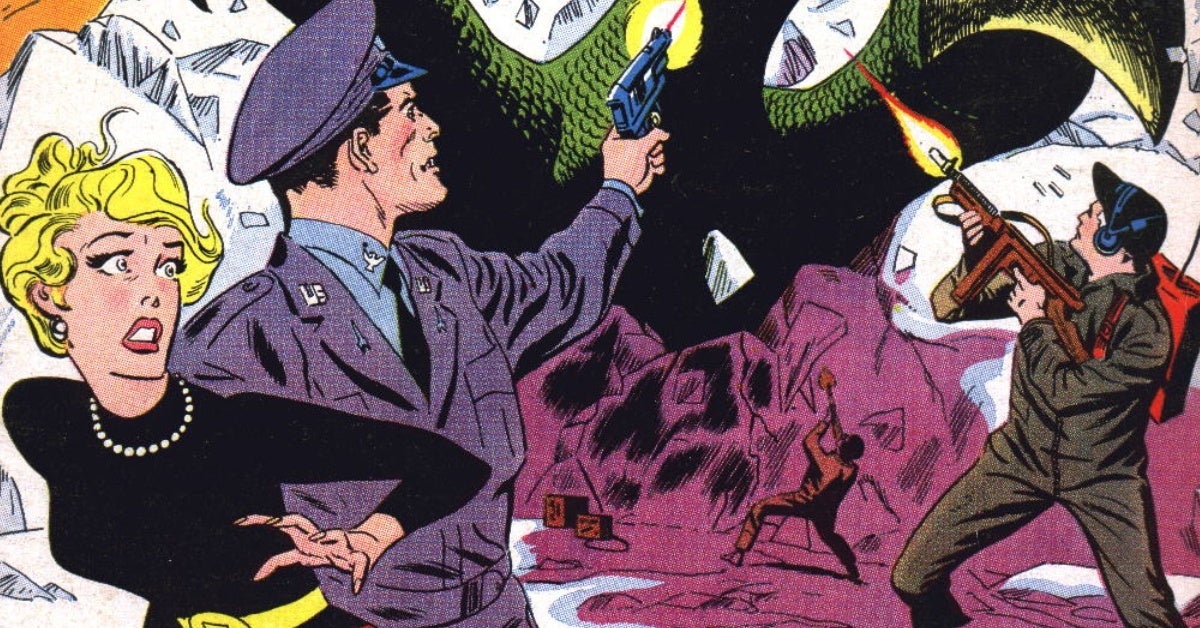
Before the Suicide Squad that fans know and love, there was the Silver Age Suicide Squad, which were spotlighted across three issues of The Brave and the Bold in 1959. Instead of a crop of supervillains, the stories introduced the team as a last-ditch effort from the military to stop giant kaiju and other deadly threats.
While these first appearances of the Suicide Squad differ a lot from how the team has become known today, that’s part of the charm of it — and along the way, you get to see the origin of Colonel Rick Flag.
Legends
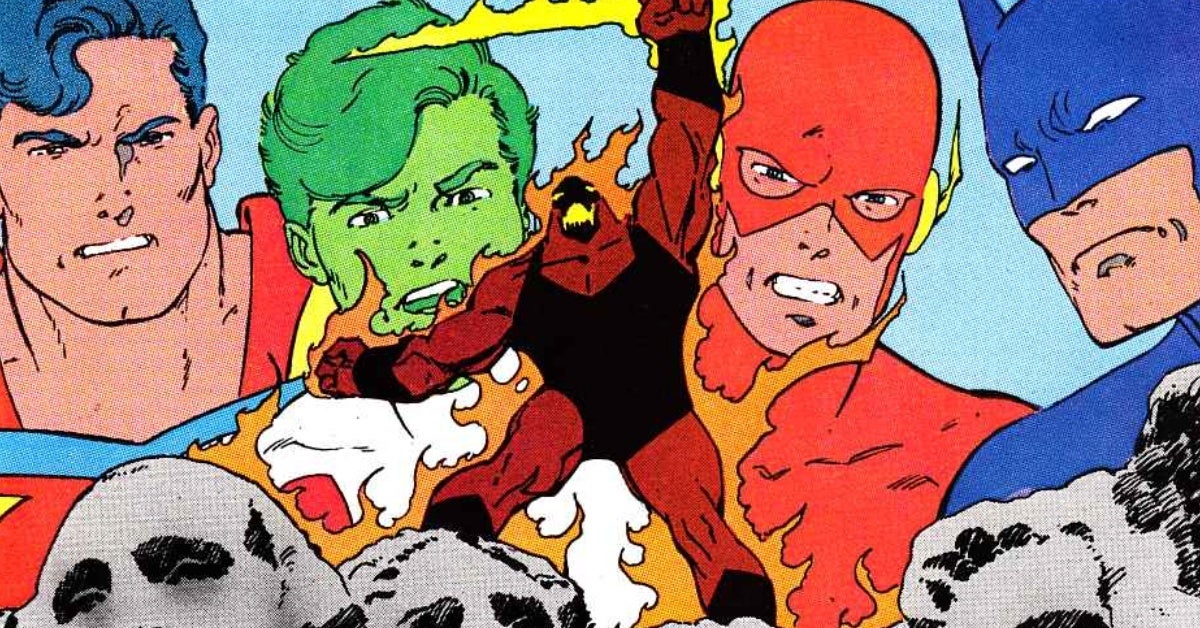
Decades after those initial issues, the concept of the Suicide Squad was reconfigured for the world of the 1980s — and they were showcased throughout the 1986-1987 Legends crossover. A twenty-two issue saga, which spun out across a number of DC books on a weekly basis, Legends pitted the heroes and villains of the DC universe in a no-holds-barred fight against Darkseid, and tested what it means to be a hero in the process.
At its core, Legends is inherently ridiculous and ambitious, trying to capture the magic of the Crisis on Infinite Earths event that had occurred the year prior. While it might not be one of the most well-known events among some DC fans, it does serve as a key chapter in the Squad’s story — and the first DC work by legendary creator John Ostrander.
“Trial By Fire”
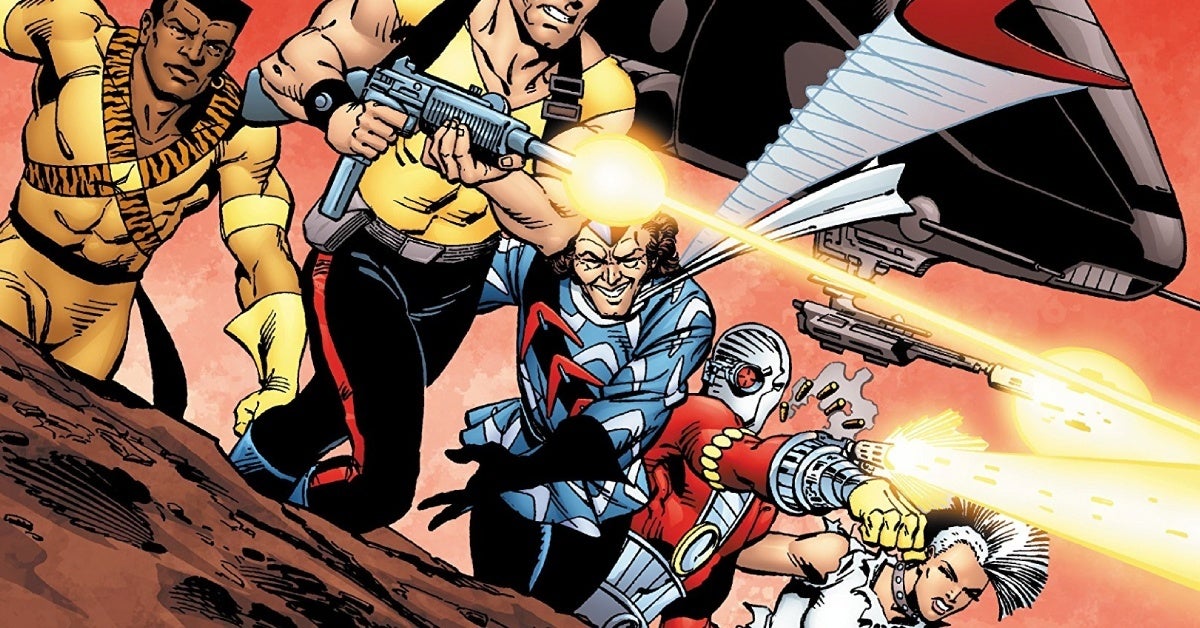
Ostrander’s take on the Suicide Squad spun out of Legends into its own series, with a roster that initially involved Rick Flag, Deadshot, Captain Boomerang, Nightshade, Broze Tiger, and The Enchantress. While Ostrander’s entire run is worth recommending, the best place to start is the first eight issues of Suicide Squad, which are titled “Trial By Fire.”
The saga showcases the novelty of seeing so many different villains and antiheroes in one place, the threat of Amanda Waller as their overseer, and the deadly consequences of the team’s missions.
“The Nightshade Odyssey”
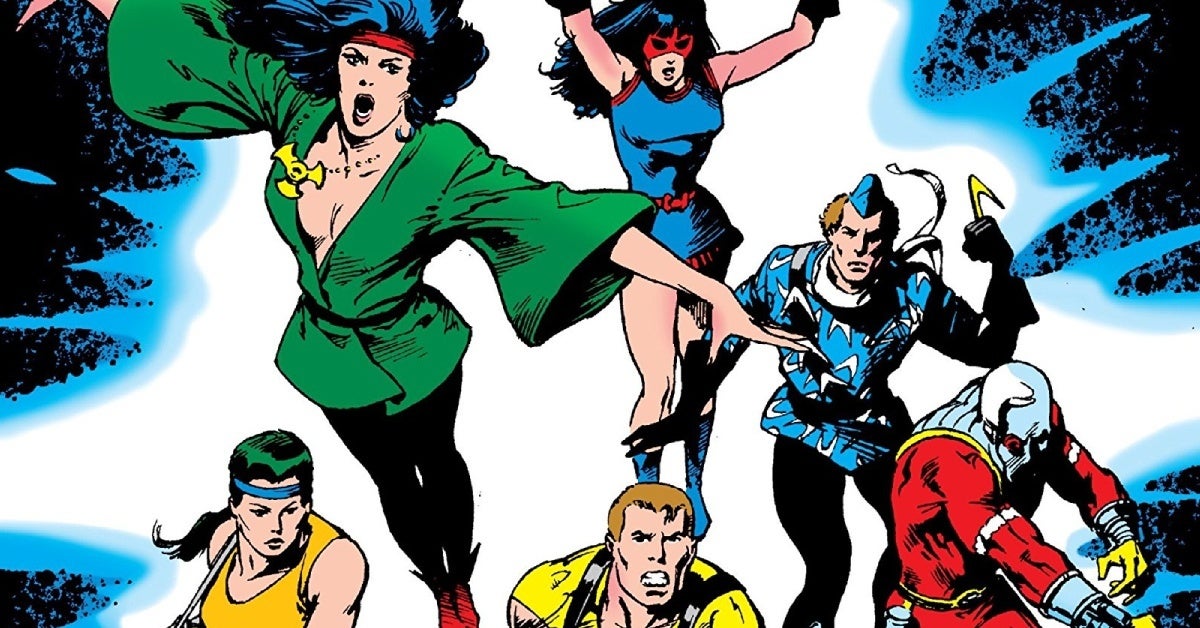
Another key aspect of Ostrander’s Suicide Squad run is dubbed “The Nightshade Odyssey”, a run of issues that pitted Amanda Waller and the team against the wider DC universe and an array of weird threats. These included (but aren’t limited to) a standoff with Batman, a rivalry with the Doom Patrol, and a trip to another hellish dimension.
To an extent, the “Nightshade Odyssey” issues showcased just how weird the circumstances surrounding the Suicide Squad can get — something that seems to be on full display in Gunn’s take on the team.
“The Janus Directive”
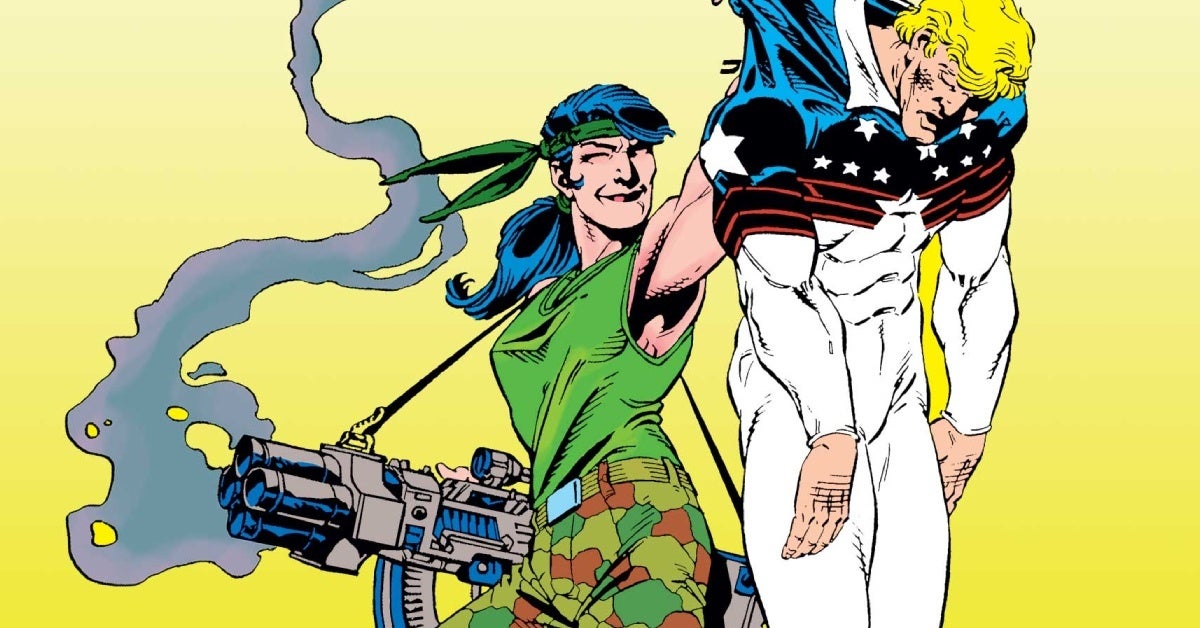
An eleven-part crossover across the summer of 1989, “The Janus Directive” spanned several issues of Suicide Squad, as well as Checkmate, Manhunter, Firestorm, and Captain Atom. The ordeal added a number of new twists to Waller’s secret agenda for creating the Squad, just as the team was placed a deadly conflict with various metahumans.
Gunn has particularly cited “The Janus Directive” as inspiration for The Suicide Squad‘s Peacemaker spinoff series, so it might be a good idea to check it out and get ahead of the curve.
“Watery Grave”
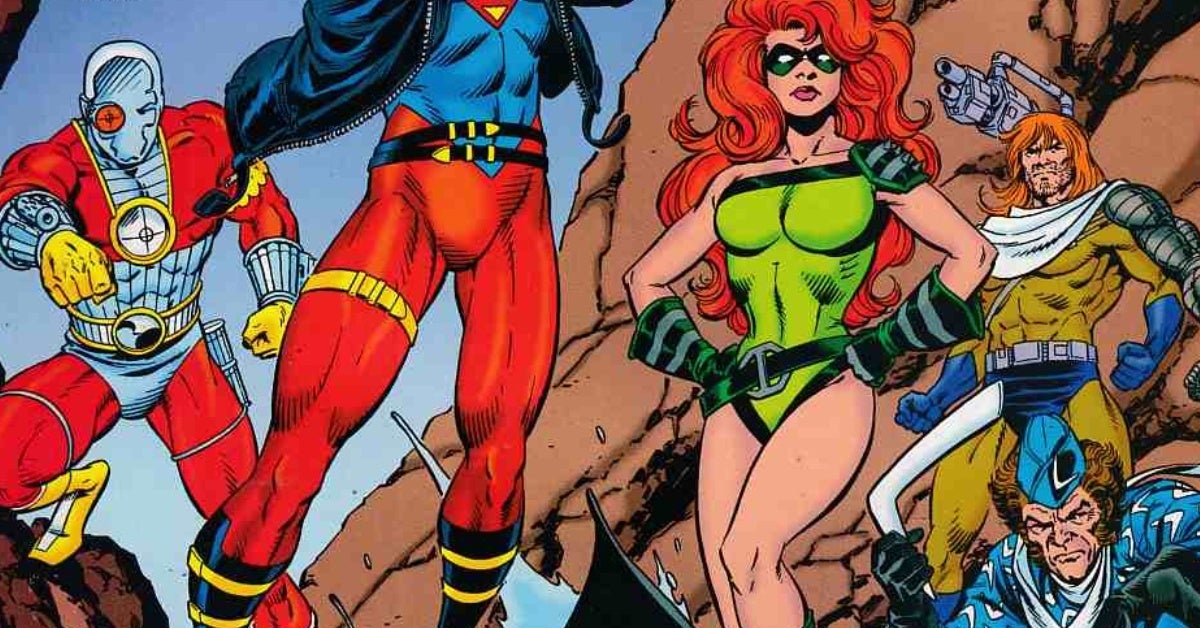
Jumping ahead a few years, the Suicide Squad factored into “Watery Grave”, a 1995 storyline in the pages of Superboy. The three-issue arc formed an unlikely alliance between the team and Conner Kent, one that took them to the depths of the ocean and pitted them against the Silicon Dragons.
“Watery Grave” is almost a proof-of-concept for how the Squad can work in even the weirdest of stakes, while also adding in the globe-trotting feel that The Suicide Squad is expected to have. Plus, the storyline features some standout moments for King Shark, who is sure to be a Squad fan-favorite.
“Monsters”
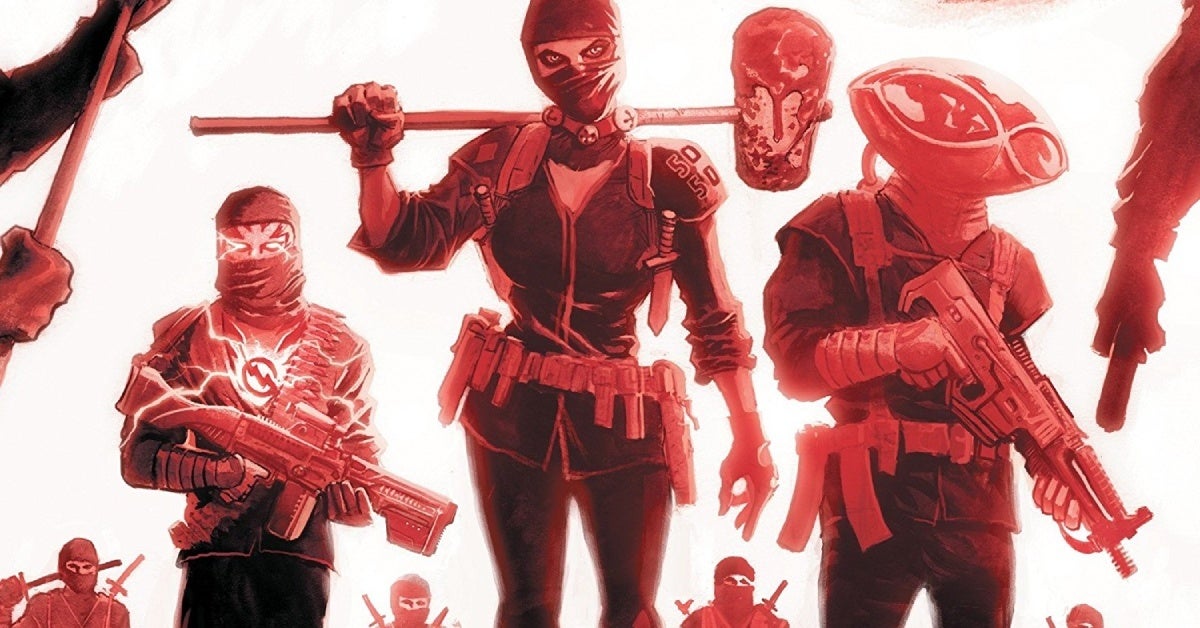
While the Squad’s resurgences in the 1990s and 2000s varied wildly in quality, the New 52 relaunch found a way to capture Ostrander’s original energy. The title, technically called New Suicide Squad, featured some standout moments — including the “Monsters” arc.
The journey followed a team that included both mainstays like Boomerang, Deadshot, and Harley Quinn and some other major DC villains like Reverse Flash and Black Manta. As the group tried to track down a deadly group spun out of the League of Assassins, allegiances and ethics were brought center stage, with some compelling results.
Bombshells
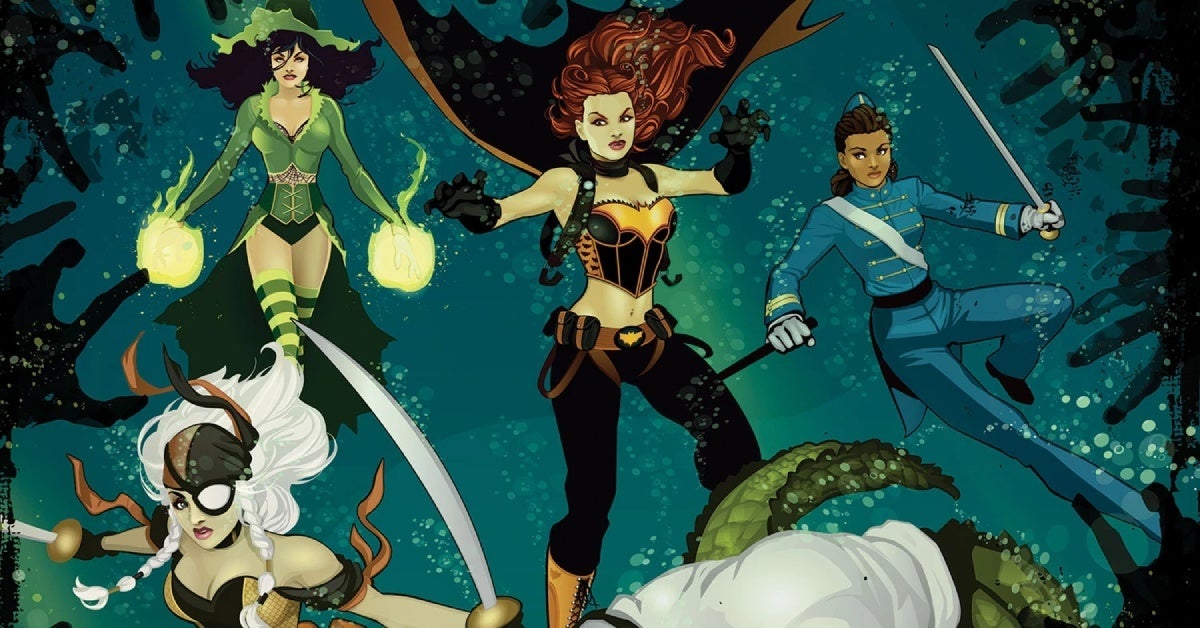
Jumping over to a completely different incarnation of the team, the Suicide Squad made a handful of appearances in Bombshells and Bombshells United, the Elseworlds stories that puts the female characters of the DC universe in a World War II setting. This incarnation of the team — which is led by a version of Waller and Batgirl ally Francine “Frankie” Charles — features a roster that’s a little different. In addition to Squad regulars like Enchantress and Killer Croc, the team also includes Rose Wilson/Ravager and Barbara Gourdon/Batgirl (who, in the world of Bombshells, is a French woman who was bitten and turned into a vampire).
The Bombshells version of Squad not only pays homage to the different characters who have joined the roster — including Barbara herself, who helped the Ostrander roster of the team as Oracle — but it shows how well the team can translate to out-of-continuity stories.
Justice League vs. Suicide Squad
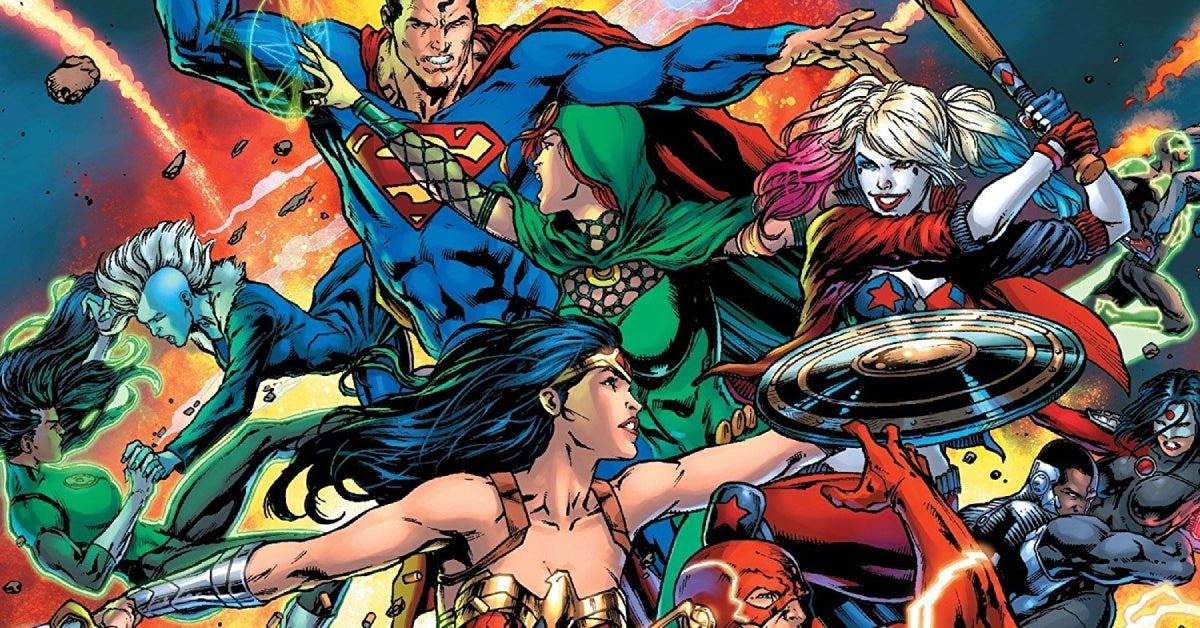
The Rebirth relaunch includes a lot of monumental moments for the Squad (in part thanks to the initiative beginning just around the release of 2016’s Suicide Squad). Among them is the six-issue miniseries Justice League vs. Suicide Squad, which pitted the team against DC’s biggest heroes. Ultimately, the crossover raised the stakes into a massive battle against Eclipso — one that definitely impacted corners of the universe going forward.
If you’ve ever wanted to see the movie versions of the Justice League and the Suicide Squad cross over, this miniseries is the next best thing. Plus, it’s both accessible enough for new readers and weird enough for fans of the Squad’s more eccentric tendencies.
“Bad Blood”
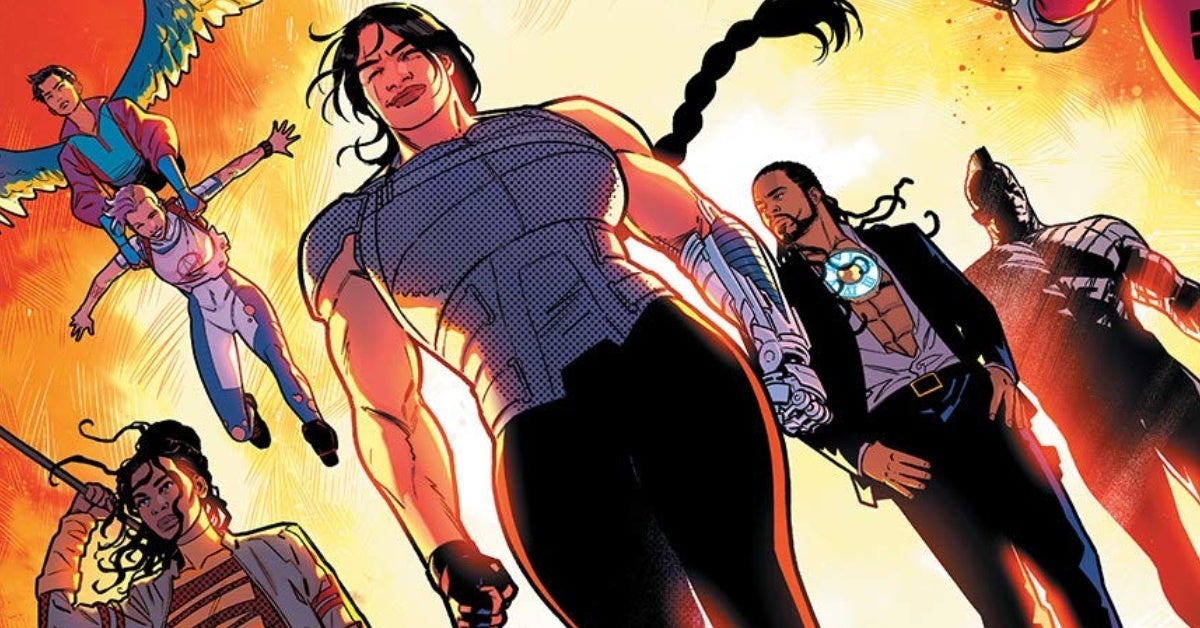
Tom Taylor and Bruno Redondo’s Suicide Squad was dubbed an instant classic across its run last year — and it’s easy to see why. The eleven-issue series put the Squad on some pretty fascinating footing, showcasing characters like Deadshot and Harley Quinn alongside a number of lesser-known or wholly new villains, many of whom would not make it out of the events of the series alive.
The entire “Bad Blood” collection is energetic, bizarre, and deeply entertaining, and really emphasizes the eclectic cannon fodder that makes up the team.
***
The Suicide Squad debuts in theaters and on HBO Max beginning Thursday, August 5th.

